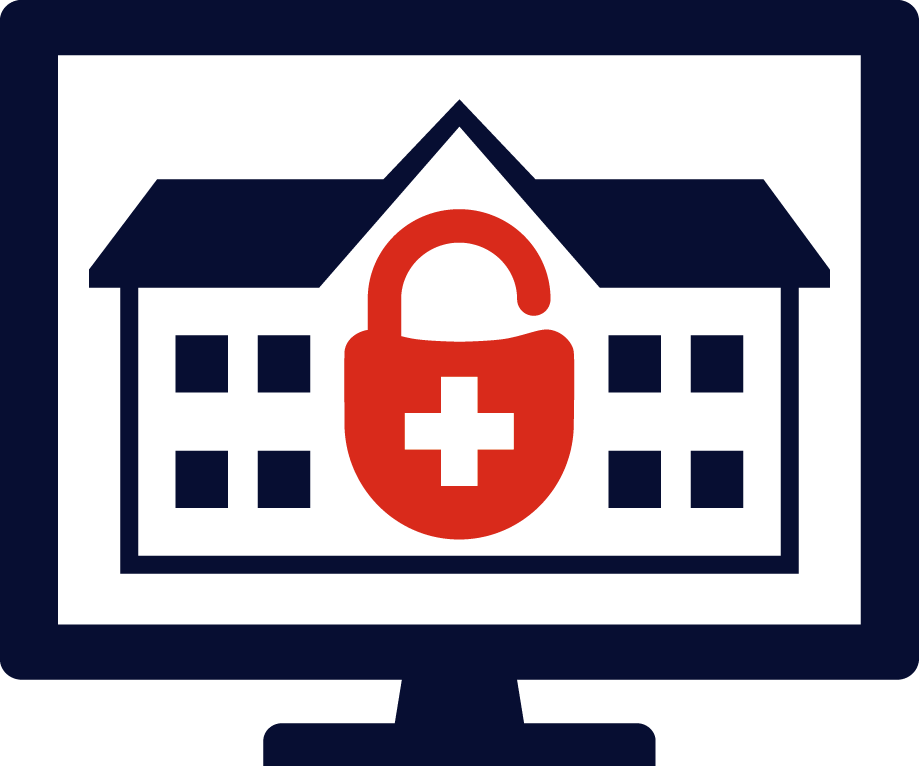Anna is sitting at her computer reading her emails. Suddenly she receives an email from an unknown sender with the subject “Important – Open immediately!” Curious, she opens the email and finds a link to a supposed invoice that she should urgently check.
Without giving it much thought, Anna clicks on the link. A file that she wasn’t expecting immediately starts downloading onto her computer. When Anna realises that the download has started, she cancels it and deletes the downloaded file from her computer.
Unfortunately, it’s too late. By clicking on the link, Anna has unknowingly downloaded a virus containing ransomware onto her computer. Ransomware is a type of malware that aims to infect the victim’s computer and encrypt files.
The next day, Anna realises that her files are no longer readable and a message appears on her screen: “Your files have been encrypted. To restore them, please pay 500 francs in Bitcoin to the address provided.”
Anna was the victim of a ransomware attack. By clicking on the unknown link in the email, she let the malware onto her computer, which is now encrypting her files and blackmailing her for money.
This story illustrates how ransomware can get onto a computer. There are various ways that ransomware can be spread, for example through infected email attachments, malicious links, fake websites or even via hacked ad banners on legitimate websites.
It is important to be careful and not to open suspicious emails, links or attachments. In addition, you should always have reliable antivirus software installed on your computer to detect and block malicious files.
